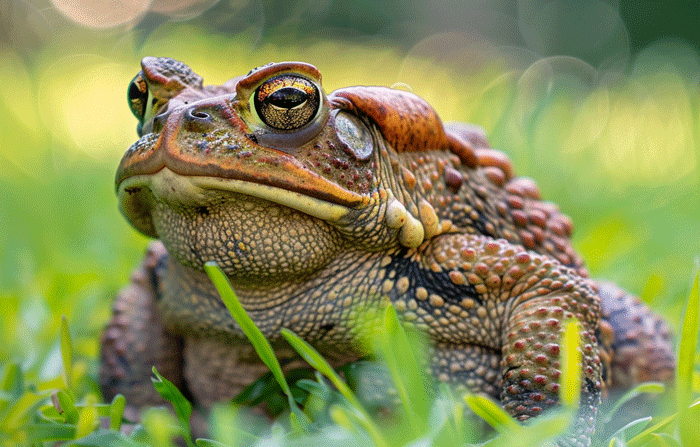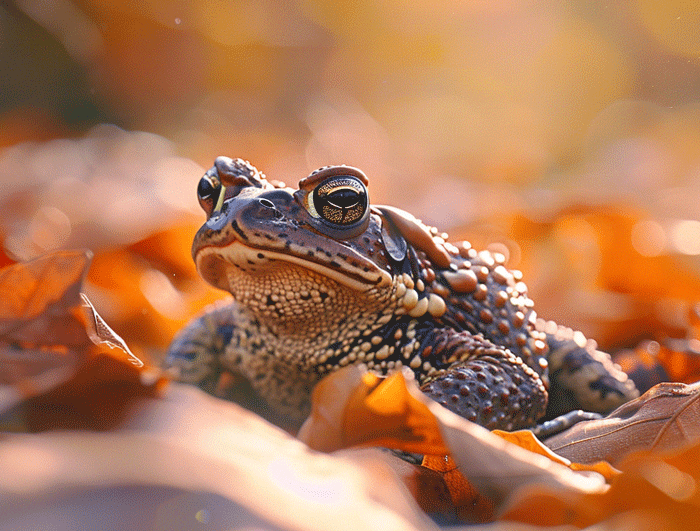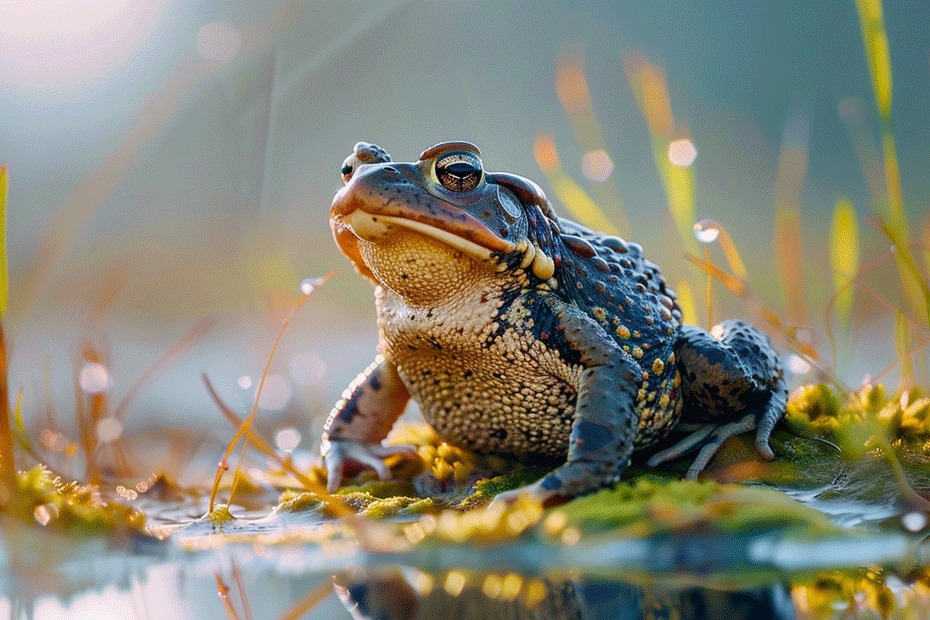Curious about toads? These fascinating amphibians often get mistaken for frogs, but they have some unique characteristics that set them apart. In this text, you’ll jump into the world of toads and discover what makes them so special.
From their bumpy skin to their distinctive calls, toads have a charm all their own. Understanding the differences between toads and frogs can help you appreciate these creatures even more. Get ready to explore the wonderful world of toads and learn what makes them essential members of our ecosystem.
Whether you’re a nature enthusiast or simply curious about these croaking critters, this article will provide you with valuable insights into the world of toads. Get ready to uncover the secrets of these fascinating amphibians and deepen your appreciation for the wonders of nature.
Key Takeaways
- Toads have dry, bumpy skin while frogs have smooth skin.
- Toads thrive in various habitats from forests to deserts and are carnivorous.
- Toads lay long strings of eggs in water, differing from frogs that lay eggs in clusters.
- Toads have unique calls compared to frogs and play a vital role in controlling insect populations.
- Changes in toad populations can indicate environmental health, making them important for ecosystem monitoring.
- Studying toads provides valuable insights into ecosystem dynamics and environmental health.
Exploring Toads
To truly appreciate toads, it’s essential to understand their unique characteristics. Here’s a glimpse into the intriguing area of these amphibians:

Characteristics of Toads:
- Appearance: Toads typically have dry, bumpy skin compared to the smooth skin of frogs.
- Habitat: You’ll find toads in a variety of habitats, from forests to deserts.
- Diet: These creatures are carnivorous, feasting on insects like beetles and ants.
- Reproduction: Female toads lay long strings of eggs in water, unlike frogs that lay eggs in clusters.
Toads vs. Frogs:
- Differences in skin: Toads have thicker, rougher skin compared to the smooth skin of frogs.
- Habitat preferences: While frogs prefer moist environments, toads can thrive in drier habitats.
- Toad calls: Toads have a unique call, often described as a long trill compared to the croaks of frogs.
- Natural pest control: Toads play a crucial role in controlling insect populations, helping to balance ecosystems.
- Indicator species: Changes in toad populations can indicate environmental health, making them essential for monitoring ecosystems.
- Education and research: Studying toads provides valuable insights into ecosystem dynamics and environmental health.
Investigate deeper into the world of toads to uncover the vital role they play in the intricate web of nature.
Characteristics of Toads

Physical Features
- Toads typically have dry, bumpy skin compared to frogs.
- They possess short legs and are known for their distinctive waddling gait.
- Most toads have parotoid glands that release toxins when threatened.
- Toads are versatile and can thrive in various habitats like forests, deserts, and wetlands.
- They often prefer moist areas due to their permeable skin.
- Toads are commonly found near bodies of water for breeding purposes.
Toad Behavior
To understand Toad Behavior, it’s crucial to investigate into their diet, feeding habits, as well as their reproduction and life cycle.

Diet and Feeding Habits
- Toads are opportunistic feeders.
- They prey on insects, spiders, worms, and small invertebrates.
- Using their sticky tongues, toads catch prey quickly.
- Toads play a role in controlling insect populations.
- Toads reproduce through external fertilization.
- Females lay eggs in water.
- Tadpoles hatch from these eggs.
- Tadpoles undergo metamorphosis into adult toads.
Continue exploring the intriguing world of toads and their fascinating behaviors.
Toads vs. Frogs
When comparing toads and frogs, there are several key differences to be aware of. While they may seem similar at first glance, these two amphibian species have distinct characteristics that set them apart.

Physical Characteristics
- Skin Texture:
- Toads have dry, bumpy skin.
- Frogs, on the other hand, typically have smooth, moist skin.
- Body Shape:
- Toads tend to have shorter hind legs and bodies.
- Frogs usually have longer hind legs for hopping and leaping.
Habitat Preferences
- Toads are commonly found in drier environments like gardens and forests.
- Frogs prefer more aquatic habitats such as ponds, lakes, and wetlands.
Mating Behavior
- Toad eggs are laid in long chains and develop into tadpoles.
- Frog eggs are laid in clusters and often attach to vegetation until hatching.
- Toads possess glands behind their eyes that secrete toxins as a defense mechanism.
- Frogs may have some level of skin toxins but generally lack the prominent glands found in toads.
Understanding these distinctions between toads and frogs can enhance your appreciation for these fascinating amphibians.
Conclusion
Now you have a better understanding of what sets toads apart from frogs. From their unique physical features to their habitat preferences and mating behaviors, toads showcase their individuality in the world of amphibians. Their dry, bumpy skin, shorter hind legs, and preference for drier environments like gardens and forests distinguish them from their frog counterparts. The way toads lay their eggs in long chains, developing into tadpoles, adds to their fascinating nature. Remember, toads have glands that secrete toxins for defense, a feature not commonly found in frogs. By recognizing these distinctions, you can appreciate the diversity and complexity of these intriguing creatures in their natural habitats.

Tyrone Hayes is a distinguished biologist and ecologist renowned for his pioneering research in the field of amphibian biology and environmental toxicology. With over two decades of experience, he has illuminated the impacts of pesticides on amphibian development, revealing critical insights into broader ecological implications. Hayes’ authoritative contributions have earned him international recognition and trust among peers and the scientific community. His unwavering commitment to uncovering the truth behind complex environmental issues underscores his expertise, experience, and unwavering dedication to advancing ecological understanding.
